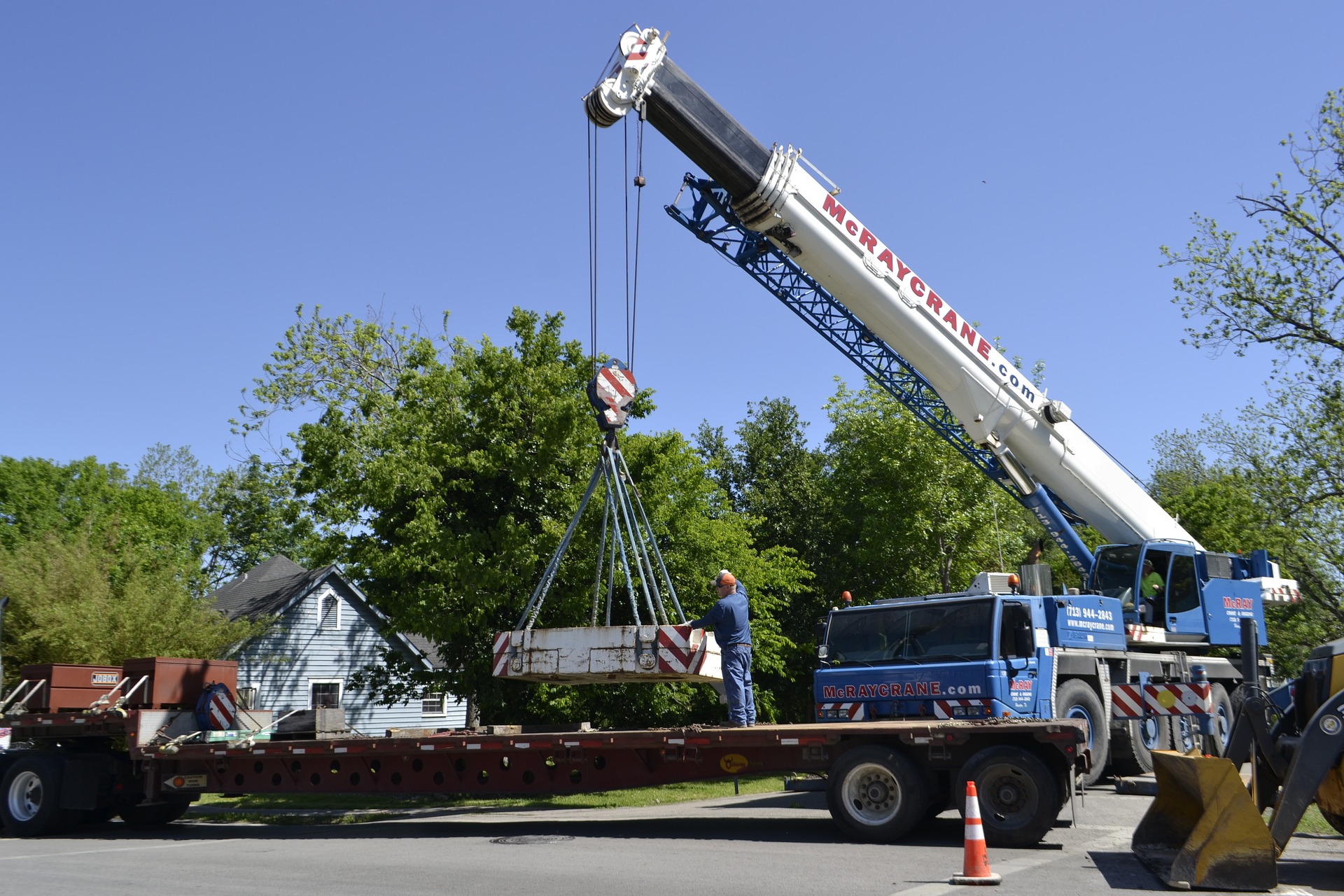It’s likely you never understood the full benefit of a crane truck until the first time you made use of one. It’s astounding to realize how much of the work that comes out of the construction industry relies on these devices.
Having a crane truck on a construction site is said to improve productivity by almost double. That is why hiring a crane truck from a crane services company is beneficial as they will provide the highest level of service to the clients and community at an exceptional value. This means you could see your project in completion almost twice as fast just by bringing one of these gentle giants onto the scene.
Let’s help you understand the niche so you know what to pick for your next project.
What Are Crane Trucks?
Full-sized cranes take up a lot of space and have to be fixed to a specific point in the ground for the duration of a project. They are simply too large and heavy to be moved around at any point in the project’s duration.
For this reason, contractors bring in what are known as crane trucks.
Crane tracks are essentially the portable version of the full-sized fixed cranes. Instead of being bolted to the ground, the crane operates from a truck that forms the entirety of the base.
Crane trucks are handy because not only can they accommodate great weights, they can also be moved around a site as needed. They have the ability to be used for a multitude of jobs around the space.
There are different-sized crane trucks available to suit the nature of the task at hand. Some tasks will require heavier lifting than others; In these cases, more heavy-duty crane trucks will be brought in.
What Are Tilt Trays?
Tilt trays can usually be hired from the same companies that supply crane trucks. In a similar way, tilt trays also do the heavy lifting—but from ground level, as opposed to from above.
Tilt trays are massive flat surfaces that are attached to trucks. The surface has the ability to tilt and slide outward & toward the ground simultaneously. The result is a slanted surface on which objects can be easy on and offloaded.
You might recognize tilt trays as the vehicles used to transport boats, cars, and other forklift-type devices.
Who Might Need One?
Most construction-based sites can make use of a crane truck or tilt tray in one way or another. They come in handy a lot more often than you might think.
Heavy lifting isn’t something that can often be accomplished by manpower alone. Sometimes we need to turn to machinery to get the job done and get it done quickly!
Keeping this in mind, there are always going to be some construction jobs that require more of a full force unit, and a full-sized, permanent crane system may be needed.
The good news: Crane trucks and tilt trays are the perfect balance between gantry cranes & full-sized units.
When hiring any of these units, always keep industry regulations for tilt trays and crane trucks in mind. Ensure you’re purchasing safe, standardized machinery. This will keep both you and anyone else in the vicinity safe & ensure safe completion of the project at hand.
Benefits of Crane Trucks & Tilt Trays
There are many benefits to making use of these pieces of machinery that far outweigh the already increased productivity of your team.
Effortless:
Crane trucks and tilt trays require little to no effort to enter & exit a space. Full-sized cranes need to be brought in, built up, and bolted down before they can be used. They then need to be fully dismantled before they can be taken away.
These trucks simply get driven in, put to use, and driven out. No harm, no fuss!
Affordability:
When it comes to saving money, crane trucks are one-way tickets to a happy bank account. This is due to the elimination of the “not in use” fee that usually comes with crane hire.
When cranes are permanently put onto a site, there’s a daily charge even for times when the unit isn’t needed. Crane trucks eliminate the fee because they can be driven back to their owners on days when they’ll not be needed.
You’ll only be paying for what you use!
Less Responsibility:
Another great thing about both crane trucks and tilt trays is that your business doesn’t absorb as much responsibility for the units as you would more permanent installations.
When the construction day comes to an end, the trucks can be parked somewhere enclosed or sent back to the hiring company. No additional security needs to be implemented to watch over the units by night to make sure they are safe.
Versatility:
Any device built onto a truck is automatically more efficient and versatile than something that is fixed to the ground.
Being able to maneuver a crane around the premises as needed is hugely beneficial. You could start the workday with the crane performing tasks on one end of the site and end the day with it somewhere else getting completely new tasks done.
The versatility of both crane trucks and tilt trays is hugely notable & a big reason why most companies opt for these before they agree to any fixed forms of lifting.
Conclusion:
As you can see, the reasons why a crane truck can’t make your business more efficient would probably have been a shorter list to dive into.
When it comes to construction, efficiency and productivity are what will set your business apart from the rest. Your machinery needs to work with you in order to do this!
Read Also:






















